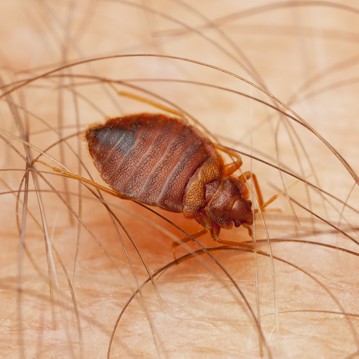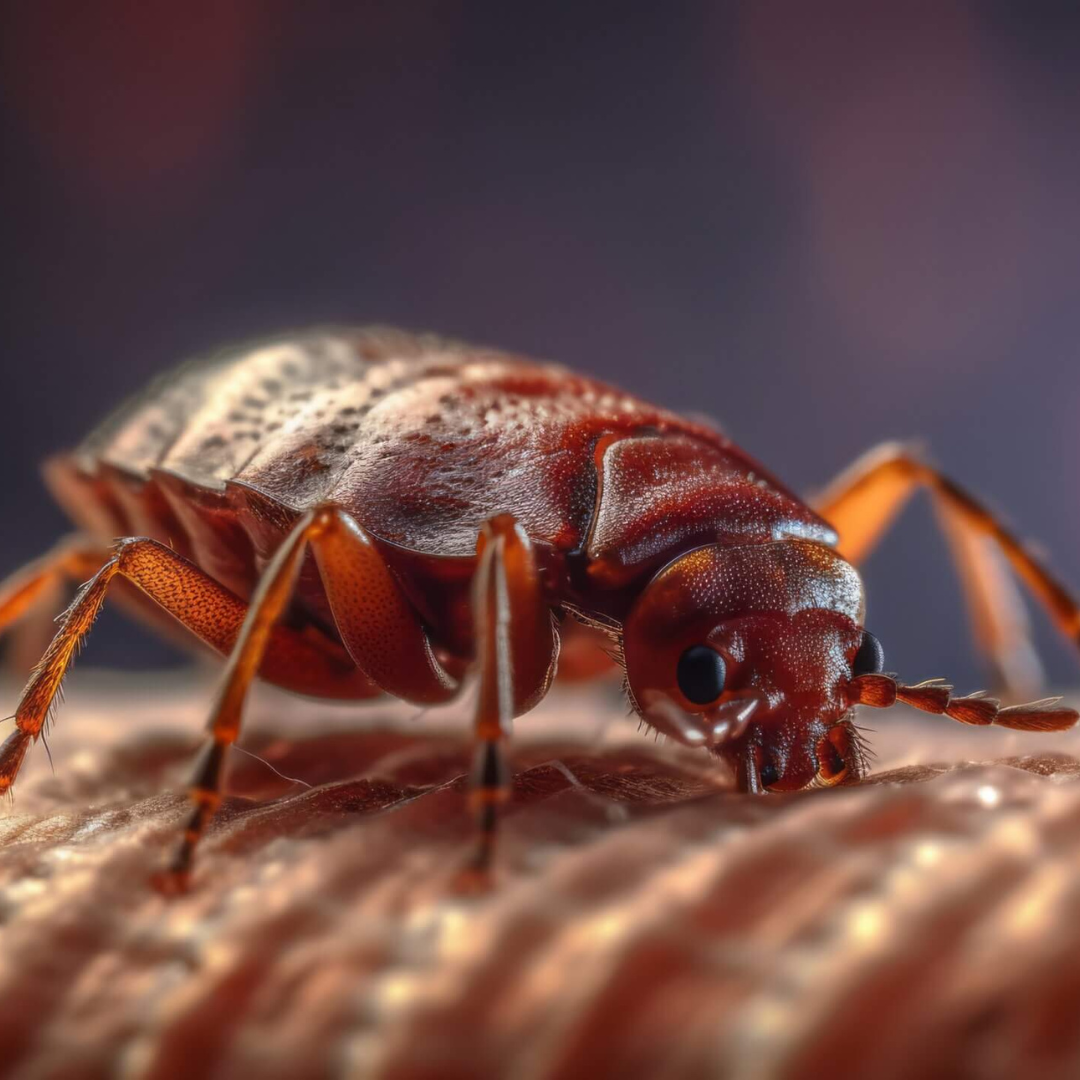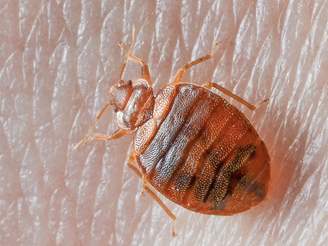Bed Bugs
Introduction to
Bed bugs, scientifically known as Cimex lectularius, are small, nocturnal insects that feed on the blood of humans and other warm-blooded animals. These resilient pests are notorious for infesting homes, hotels, and other dwellings, causing itchy bites and significant discomfort. Bed bug infestations can be challenging to eradicate due to their elusive nature and ability to hide in tiny cracks and crevices. Understanding the biology, habits, and effective prevention methods for bed bugs is crucial for maintaining a pest-free environment and ensuring peace of mind.
Recognition
Bed bugs are small, flat, oval-shaped insects, measuring about 5-7 mm in length. They are reddish-brown in color, with a more reddish appearance after feeding. Bed bugs have six legs, two antennae, and no wings. Their bodies are segmented, with a distinctive banded appearance. Nymphs, or immature bed bugs, are smaller and lighter in color, becoming more brown as they mature. Bed bugs are often mistaken for other pests such as bat bugs or carpet beetles, but their distinctive flat bodies and reddish-brown color help differentiate them. Signs of an infestation include small rust-colored spots (fecal stains) on bedding, live bugs, and shed skins.
Biology
Bed bugs undergo incomplete metamorphosis, with three main life stages: egg, nymph, and adult. Females can lay hundreds of eggs in their lifetime, depositing them in small cracks and crevices. The eggs hatch into nymphs, which go through five molts before reaching adulthood. Each nymph stage requires a blood meal to progress to the next stage. Adult bed bugs can live for several months, and some reports suggest they can survive up to a year without feeding under certain conditions. Bed bugs are nocturnal and feed exclusively on blood, usually while their host is asleep. Their bites are often painless initially but can become itchy and swollen.
Habits
Bed bugs are nocturnal and prefer to hide close to their food source, which is why they are commonly found in mattresses, box springs, bed frames, and headboards. They can also hide in other furniture, behind wallpaper, in electrical outlets, and in cracks and crevices around the room. Bed bugs are adept at hitchhiking and can spread through luggage, clothing, and used furniture. They are attracted to the carbon dioxide and body heat emitted by humans. Bed bug bites typically appear in lines or clusters and can cause itching, redness, and swelling. Unlike some pests, bed bugs do not transmit diseases.
Prevention
Preventing bed bug infestations involves vigilance and good hygiene practices. Regularly inspect beds, furniture, and other areas where bed bugs are likely to hide. Use protective encasements for mattresses and box springs to reduce hiding spots. Be cautious when acquiring second-hand furniture and thoroughly inspect and clean items before bringing them into your home. Reduce clutter to minimize hiding places and vacuum regularly. When traveling, inspect hotel rooms for signs of bed bugs and keep luggage elevated off the floor. After returning home, wash and dry clothes and luggage at high temperatures to kill any potential hitchhikers.
Professional
If bed bugs become a persistent problem, professional pest control services can provide effective solutions. STL Pest Control offers comprehensive treatments to eliminate bed bug infestations. Their technicians are trained to identify bed bug hotspots and apply appropriate treatments, including heat treatments, chemical applications, and integrated pest management techniques. In severe cases, they may recommend ongoing maintenance plans to keep bed bug populations under control. Professional services ensure thorough and long-lasting control, providing peace of mind and a healthier living environment.



Our Office









